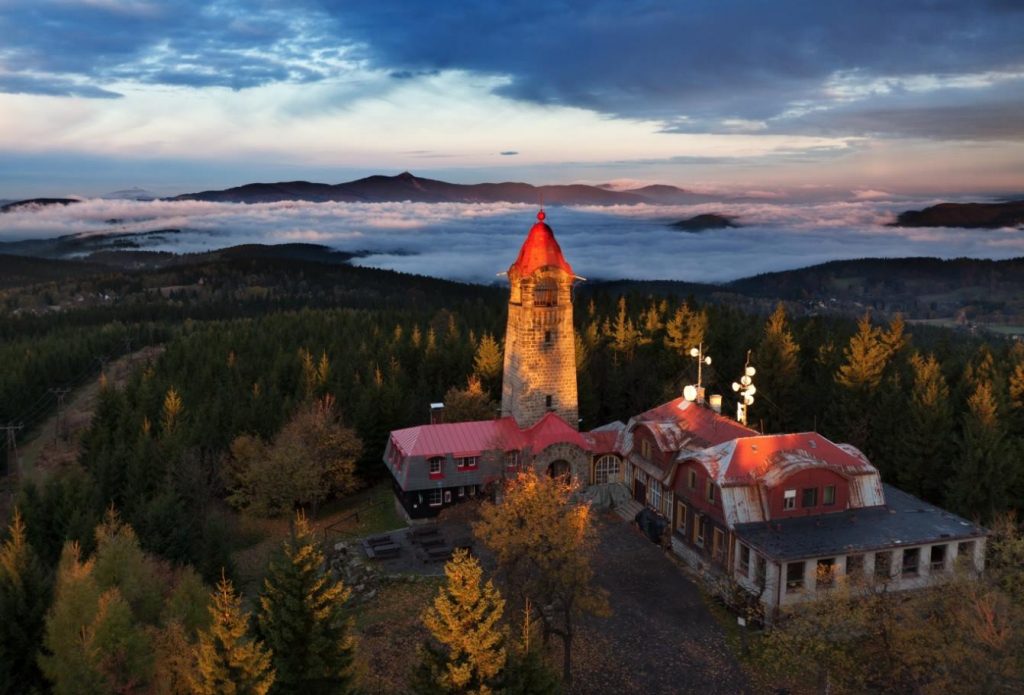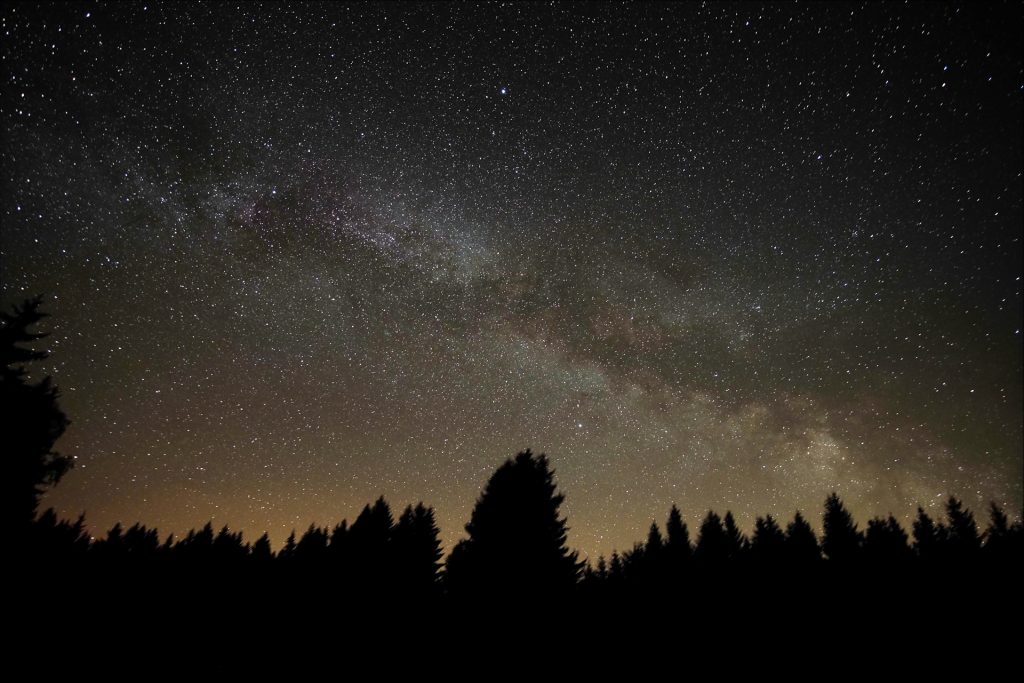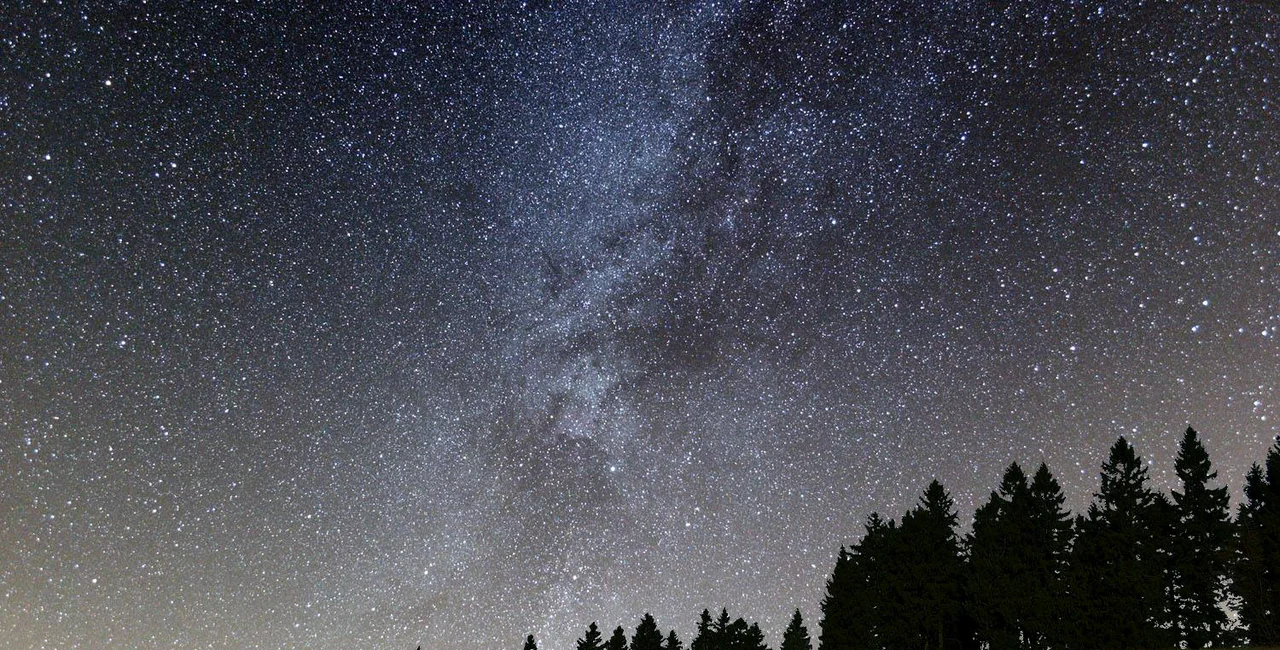The Jizera Mountains were declared a protected nature reserve in 1968 due to their unique flora and fauna. However, whenever a cloudless night appears above the landscape, the mountains unveil yet another treasure – the night sky strewn with stars.
Under the open night sky in Orle, Jizerka, or Rozdroz Izerski, visitors can see thousands of stars overhead, as well as the beautiful silvery strip of the Milky Way. But not for long, say environmentalists.
Today more than half of Europeans can’t even view the night sky from where they live due to light pollution. Viewing the distant ends of the galaxy involves trekking to someplace not unencumbered by light sources.
PARTNER ARTICLE

Established in 2009 and located in an almost uninhabited part of the Jizera Mountains, the Jizera Dark Sky Park (in Czech “Jizerská oblast tmavé oblohy” and in Polish “Izerski park ciemnego nieba”) is the first international dark sky park which occupies the territory of more than one state. It takes up an area of just under 75 km².
In the Czech Republic, it stretches from the Jizerka settlement and over Mount Smrk. In Poland, it continues along the High Jizera Ridge and embraces the Great Jizera Meadow and the Orle settlement. It is among the first of its kind in Europe.
There are about 80 such areas worldwide, many of them in the USA and Canada. In Europe, about 30 of appeared in the past years, including the the Manetin Dark Sky area in West Bohemia, established in 2013 and 2014.

The Dark Sky Park in the Beskydy Mountains of Northern Moravia, on the ridge of Grun at an altitude of 880 meters, near the village of Staré Hamry, also offers exceptionally good visibility of the stars and the Milky Way from its star observatory.
In the past decade, the light conditions in Jizera were about 10 percent. Apart from big sources of light such as growing towns and winter sports resorts, an increasing problem has been night cross-country skiers and mushroom pickers with headlamps.
“At night, nature reacts to even small noise or light very intensively,” a spokesperson for the Nature Conservation Agency, told CTK, adding that for some wild animals, such disturbances may be fatal, mainly in winter.
Environmentalists say nature is very sensitive to excessive light. About half of all wild animals are night species that seek food and mate in darkness, and excessive light jeopardises their survival.
There is still no legislation to regulate light pollution in the Czech Republic.
Astronomers and environmentalists are following with apprehension the planned construction of a sports center in Jakuszyce, Poland, and the planned extension of pistes on the slopes of Jested, a mountain near the Jizera mountain range and the Polish border. Research has shown that such lighting is up to 100 times stronger than necessary.
rtj / dr / kva













 Reading time: 2 minutes
Reading time: 2 minutes 























